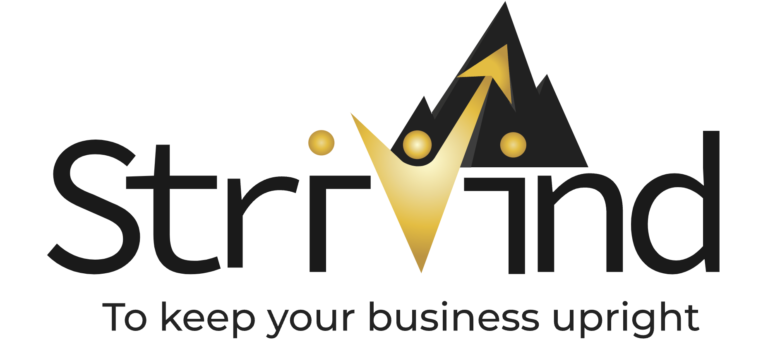Want a Bite of the Multi-Trillion Dollar Pie? Choose Strivinds
Healthcare data is complex, unstructured, and are collected in different modes. Analysis of healthcare data for diagnosis and prognosis has been a research challenge for decades. Natural language processing (NLP) and more recent deep-learning techniques are subfields of the artificial intelligence domain. These are used to identify patterns in the multimodal data and extract meaning from the unstructured data. The advancement in NLP methods allowed speedy analysis of huge amounts of text, which majorly benefitted the healthcare domain. This helped extract relevant information from the healthcare records that provide better decision support for clinicians to understand and help their patients. The exploration and information extraction from health records, social media, scientific literature, technical reports, and different documents will embody the strengthening of existing intelligence systems by unifying various disease diagnosis reports from multiple sources and experiences of various people over social media and other online forums.
Health science and clinical analytics rely heavily on data gathered from numerous sources. Historically, a trained professional can make a patient fill out a form to get an idea to identify the medical condition. However, medical practitioners have access to several sources of knowledge and the patient’s writings on numerous media.

The sheer amount of American healthcare companies translates to a gamut of professionals whom you can target. From C-level executives of health organizations to doctors, physicians, chiropractors, surgeons, pharmacists, nurses, and chemists, the list is endless.
How a surgeon can’t operate without the right tools, you can’t successfully market amidst this goldmine if you don’t possess the correct avenues. The appropriate data, in-depth customer details, and even more so, maintaining the genuineness of all the information. If these worry you, Span Global Services has the best treatment – our Healthcare Mailing List.

Client registries: identifying and linking patients
Healthcare data are generated from numerous clinical sites, often by different EHR systems. Each organization has its own method of uniquely identifying patients, but these identifiers are incapable of identifying patient records from outside organizations. Currently, no single unique patient identifier is capable of spanning the entire healthcare environment, and record linkage must rely upon multiple patient attributes and identifiers. The CR handles inconsistent completeness and quality of identifying data by standardizing incoming data and employing statistical matching algorithms to link data from separate organizations for the same patient. Once identified, a single, unique identifier (the EUID) is associated with the patient, allowing HIE networks to create and maintain patient-centric records and services. When implementing CR, healthcare organizations have to consider the level of fragmentation within the system, the quality and timeliness of acquired data, the health information systems infrastructure, and human resources available for data storage, retrieval, client identity verification, and tracking. To fulfill their clinical and administrative role, support population health management, clinical decision-making, quality improvement, and clinical research, CR must be connected to an HIE network.
